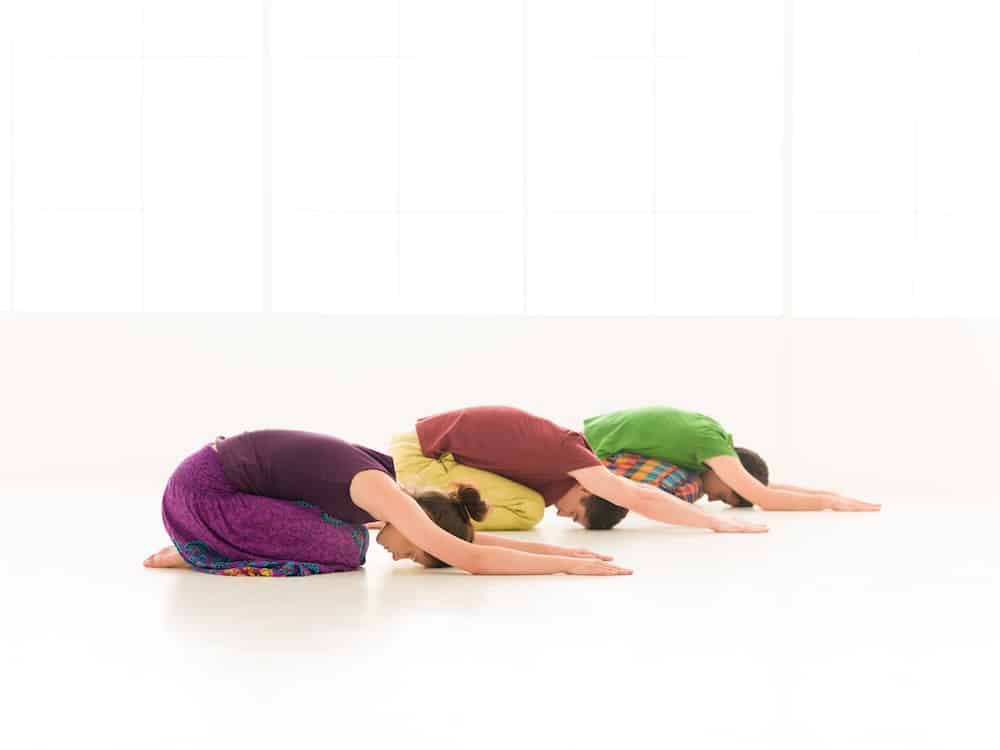What Are the Best Exercises to Improve Hip Mobility for Competitive Judo Fighters?

Competitive judo fighting demands not only strength and conditioning but also mobility and flexibility, particularly in the hip region. As a judo athlete, maintaining high performance means incorporating exercises into your training routine that focus on these crucial areas. In this article, we examine some of the best exercises that can significantly improve your hip mobility, a vital factor in executing effective judo techniques.
The Importance of Hip Mobility in Judo
In the world of martial arts, and particularly in sports like judo and Brazilian Jiu-Jitsu (BJJ), hip mobility is a foundational element that can make or break an athlete’s performance. Here, we explore why hip mobility is so crucial in these sports.
A lire aussi : What Is the Impact of Cold Water Immersion on Recovery for Endurance Athletes?
Your hips are the powerhouse of your body, and they are pivotal in almost every movement. In judo, techniques such as seoi nage (back carry) or uchi mata (inner thigh throw) require considerable hip mobility. The hip’s ability to perform such techniques depends on the dynamic combination of strength, flexibility, and appropriate motor control.
Furthermore, good hip mobility facilitates more significant force generation and movement efficiency. This allows you to execute judo techniques smoothly and powerfully, giving you an edge over your opponents.
A lire également : How Does Biofeedback Assist in Technique Refinement for Professional Darts Players?
Exercises to Improve Hip Mobility
To achieve optimal hip mobility, you must include specific exercises in your training regimen. Let’s take a look at some exercises that can help enhance your hip mobility.
1. Hip Circles
This exercise is excellent for warming up your hips before engaging in intensive training or matches. It heightens blood flow around the hip joint and enhances the range of mobility.
To perform this exercise, stand upright with your feet hip-width apart. Place your hands on your hips, then make circles with your hips, just as you would if you were hula-hooping. Perform these circles in both directions for a set amount of time.
2. Lizard Stretch
The lizard stretch is a dynamic exercise that opens up the hip flexors and engages the whole body. This stretch requires some balance and flexibility but can be modified to accommodate all fitness levels.
Start in a plank position, then step your right foot outside your right hand. Keep your left hand grounded as you push your hips forward and down. Hold this position for a few seconds before switching sides.
3. Pigeon Pose
Originating from yoga, the pigeon pose is an excellent exercise for opening up the hip joint and stretching the glutes.
Start in a plank position, then bring your right knee forward and place it behind your right wrist. Extend your left leg behind you, keeping your hips square to the ground. You should feel a stretch in your right hip and glutes. Hold this position for a few seconds before switching sides.
Incorporating Strength Training into Hip Mobility Exercises
While hip mobility is essential, it must be coupled with strength training to ensure control over the increased range of motion. Here, we delve into how you can integrate strength training exercises into your hip mobility routine.
1. Hip Thrusts
Hip thrusts are a great exercise for strengthening the glutes, hamstrings, and hip flexors, which are crucial muscles for hip mobility.
To perform hip thrusts, sit on the ground with your back against a bench, knees bent, and feet flat on the floor. Hold a barbell across your hips, then push your hips up until your body forms a straight line from your shoulders to your knees. Lower your body back to the starting position and repeat.
2. Goblet Squats
Goblet squats are a full-body exercise that targets the quads, glutes, and hips. This exercise also improves hip mobility as it requires a full range of motion in the hip joint.
To perform a goblet squat, stand with your feet shoulder-width apart and hold a kettlebell or dumbbell up to your chest. Lower your body down, pushing your hips back and bending your knees until your thighs are parallel with the ground. Push back up to the starting position and repeat.
3. Deadlifts
Deadlifts target the entire posterior chain, including the glutes and hip flexors. This strength exercise also promotes hip mobility as it involves a full hip range of motion.
To perform a deadlift, stand with your feet hip-width apart and a barbell in front of you. Bend at the hips and knees to grab the bar with an overhand grip. Keep your back straight as you stand up, lifting the barbell off the floor.
Complementing Your Judo Training with Stretching and Mobility Work
To maximize the benefits of these exercises, it’s essential to incorporate them into your existing judo training routine. Doing so can significantly improve your performance in judo, MMA, BJJ, and other similar sports.
Incorporating these exercises into your routine isn’t just about squeezing them in wherever possible. They should be strategically placed in your training schedule to maximize their potential benefits. For example, mobility exercises can be used as part of your warm-up routine, while strength exercises can be done on their own or after your judo training.
It’s also important to remember that while these exercises can significantly improve your hip mobility and overall performance, they’re not a substitute for actual judo training. Therefore, continue to practice your judo techniques under the guidance of a qualified instructor or coach.
Remember, patience and consistency are key when it comes to improving mobility and strength. It may take some time before you see notable improvements, but with regular practice, you will undoubtedly begin to notice a positive change in your hip mobility and judo performance.
Research-Based Evidence Supporting Hip Mobility Exercises
A considerable amount of research supports the role of hip mobility exercises in enhancing performance in judo and other martial arts. Let’s delve into some of these studies and how they back up the exercises we’ve discussed.
A study published in the Physical Education journal highlighted the significance of hip mobility in judo athletes. The research found that a higher degree of hip mobility contributed to better judo performance, particularly in techniques that involve lower limbs. This confirms the importance of exercises like hip circles, lizard stretch, and pigeon pose in improving hip mobility.
Another study from PubMed Google noted the role of resistance training in improving hip mobility and overall performance in judo. Resistance exercises like hip thrusts, goblet squats, and deadlifts were found to not only strengthen the hip muscles but also improve their range of motion.
The significance of strength training for hip mobility was further echoed in a Google Scholar article. The research emphasized that strength conditioning exercises, especially those focusing on the glutes and hip flexors, can enhance the power and precision of judo techniques.
An Evolve MMA article also pointed out the relevance of hip mobility to martial arts, specifically Brazilian Jiu-Jitsu (BJJ). Jiu-Jitsu techniques often require a substantial range of motion in the hips, and exercises that improve hip mobility can significantly enhance performance in BJJ.
Overall, the conclusions drawn from these wide-ranging studies substantiate the importance of both mobility and strength exercises in your training regimen.
Conclusion: Making Hip Mobility a Central Part of Your Training Routine
In the competitive world of judo, leveraging hip mobility exercises can significantly elevate your performance. Incorporating these exercises into your routine can enhance your ability to execute judo techniques effectively, ultimately giving you an upper hand in competition.
However, it’s essential to remember that these exercises are not a stand-alone solution. They should complement your regular judo training, not replace it. For beginners, it’s advisable to evolve your routine under the guidance of a qualified coach or instructor. They can provide proper instruction and ensure that the exercises are done correctly, preventing any potential injuries.
Furthermore, make sure you thoroughly warm up your body before executing these exercises. This not only prepares your muscles for the workout but also enhances your range of motion and reduces the risk of injuries.
Also, don’t rush the process. Improving hip mobility and building strength take time. Be patient and consistent in your approach. With time, you’ll notice a significant improvement in your hip mobility, strength, and overall judo performance.
In conclusion, whether you’re a beginner or an experienced judo athlete, hip mobility exercises are a crucial part of your training routine. By integrating these exercises strategically and consistently into your training, you can continually push your boundaries and reach new heights in your judo performance.
